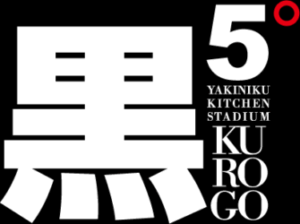Oxtail: A Cut That Improves the Longer It’s Cooked
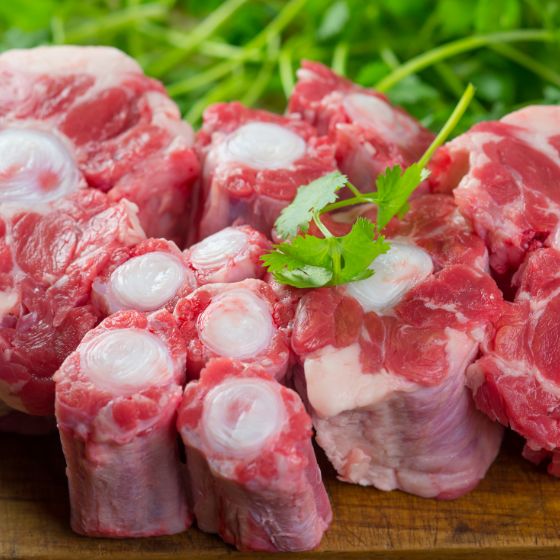
Oxtail comes from the tail of the cow, a cut often overlooked but treasured in many culinary traditions. At first glance, the bone-heavy cut may seem difficult to work with, but its true strength lies in slow cooking. When simmered gently for hours, the meat becomes fall-off-the-bone tender, while rich gelatin, collagen, and minerals are released from the bone into the broth. The result is a deeply flavorful, nutrient-rich dish that simply cannot be replicated with quick cooking methods.
A Global Ingredient with Cultural Roots
Across the world, oxtail has earned a place in traditional cooking. In Korea, it is an essential base for soups such as Gomtang and Seolleongtang, where long simmering produces a delicate yet hearty broth that warms the body. In Spain, “Rabo de Toro” (oxtail stew) is a beloved dish of Madrid, where the rich flavor of oxtail is combined with red wine and tomatoes to create a bold, comforting stew. In the United Kingdom, “Oxtail Soup” has been cherished for generations as a hearty winter meal, offering warmth and strength during cold weather.
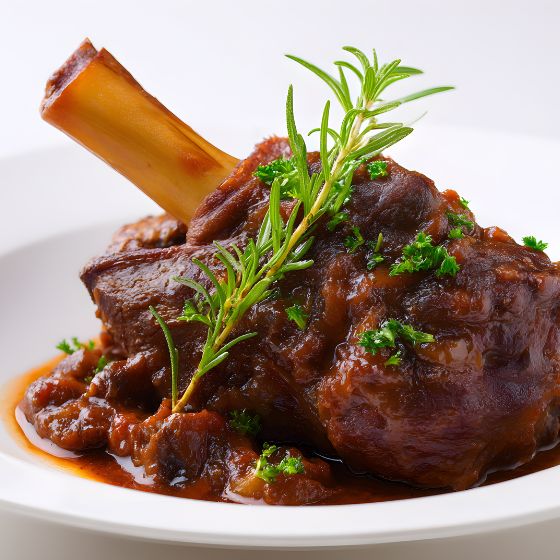
Japan, too, has embraced oxtail through its yakiniku culture, where oxtail soup has become a staple side dish. Often served at the end of a grilled meat meal, its nourishing qualities and deep flavor make it the perfect finale.
Nutritional Value: Beauty and Recovery in a Bowl
Oxtail is more than just delicious—it is rich in nutrients that support both health and beauty. The collagen released during cooking helps maintain skin elasticity and joint health. As collagen levels naturally decline with age, consuming collagen-rich foods like oxtail becomes increasingly important.
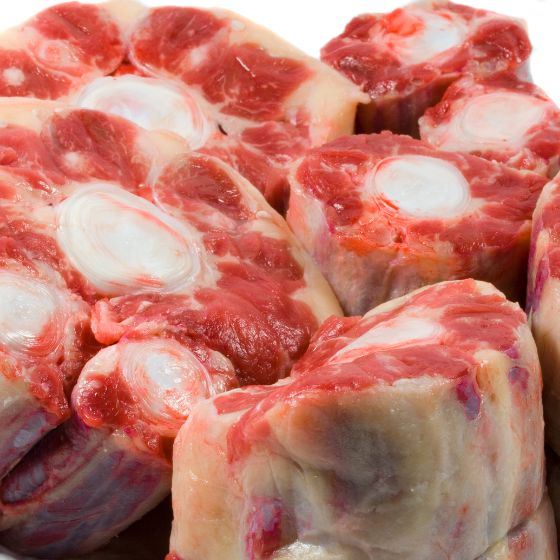
Oxtail broth is also abundant in amino acids such as glycine and proline. Glycine supports better sleep and calms the nervous system, while proline contributes to tissue repair and healthy skin. Additionally, minerals such as calcium and phosphorus leach from the bone, strengthening bones and teeth. In many ways, oxtail soup serves as a complete nutritional package for recovery and vitality.
The Joy of Cooking Oxtail at Home
Another charm of oxtail is that it rewards patience in home cooking. The basic method is straightforward: blanch the oxtail to remove impurities, then simmer it gently with aromatics and vegetables for several hours. The long wait is worth it, as the meat becomes meltingly tender and the broth develops profound depth.
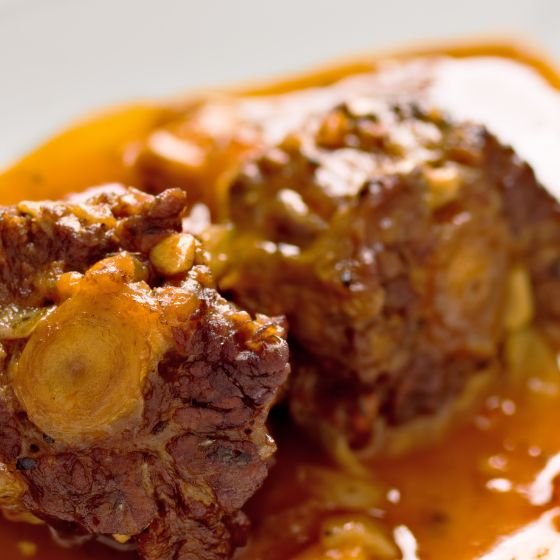
Season it simply with salt and pepper to appreciate the pure flavor, or enrich it with vegetables for natural sweetness. Add herbs and spices to create an international twist. Whether served as a clear soup or transformed into a hearty stew, oxtail adapts beautifully to many culinary styles.
The Perfect Partner: Bone Broth
To elevate oxtail even further, it is often paired with bone broth. Bone broth is made by simmering animal bones for hours, extracting collagen, amino acids, and minerals. Ancient cultures valued it as a vital source of nourishment, and today it is often called “the miracle soup,” “drinkable beauty,” or “the recovery soup.”
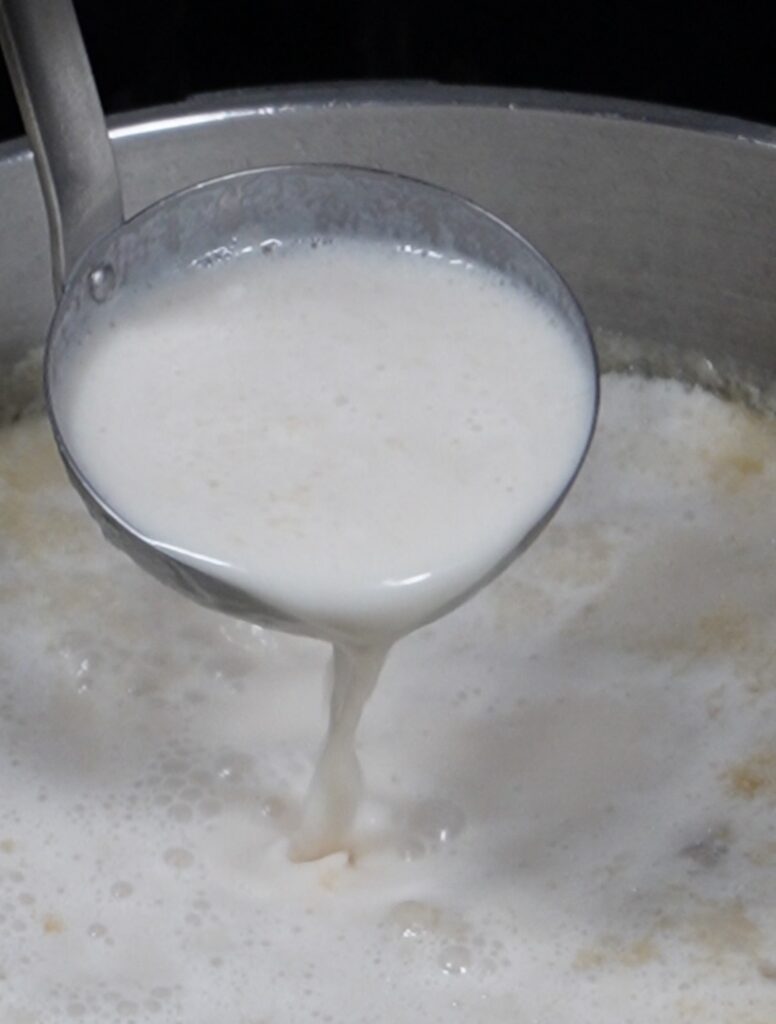
At Kuro5, we prepare bone broth with generous amounts of Japanese beef leg bones and Japanese chicken feet. These are slowly simmered in a custom-made pressure stockpot, creating an exceptionally thick, creamy broth overflowing with collagen and amino acids. The result is a luxurious base unlike anything you will find elsewhere.
A One-of-a-Kind Gomtang Soup
Finally, when this rich bone broth meets slow-braised oxtail, the result is our signature Gomtang Soup. The deep richness of beef and the mellow smoothness of chicken combine to create a soup that is at once hearty, restorative, and elegant.
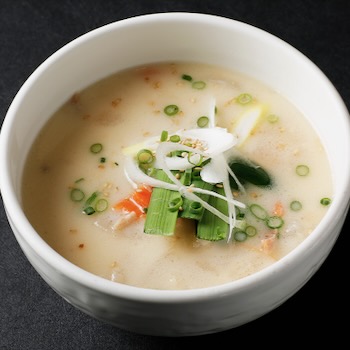
Nutritious and deeply satisfying, it is the perfect way to end a yakiniku meal. For guests seeking both flavor and wellness in one bowl, this oxtail and bone broth fusion is truly a one-of-a-kind experience.
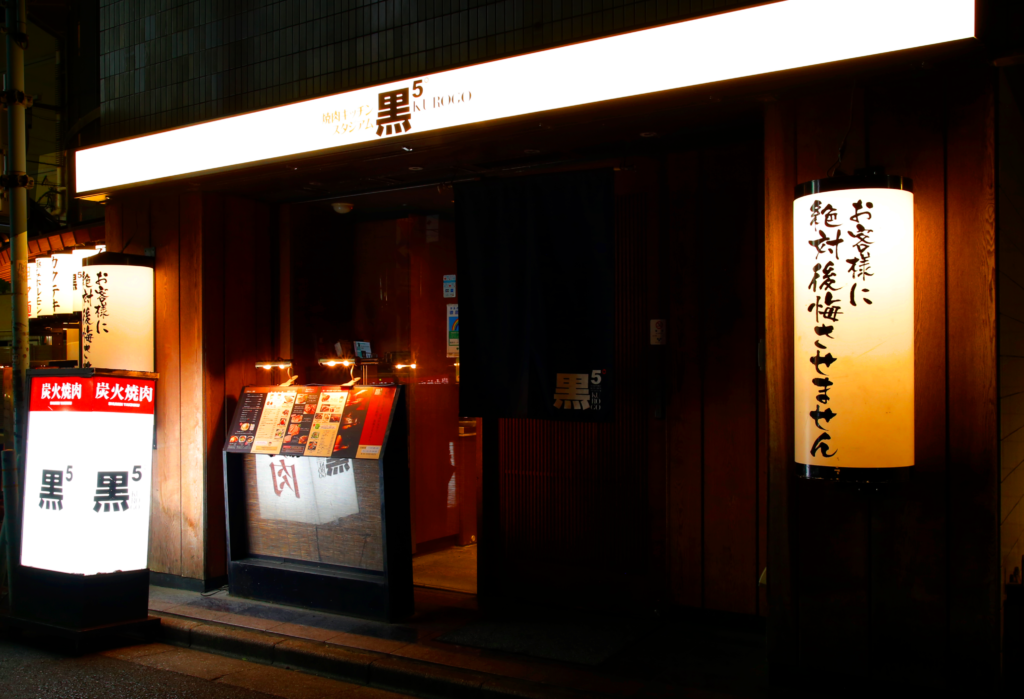
Wagyu Yakiniku Kuro5
IKEBUKURO Main Restrant
1F Shima 100 building ,2-46-3, Ikebukuro, Toshima-ku , Tokyo 171-0014
https://en.kuro5.net/restaurant/honten
Wagyu Yakiniku Kuro5
IKEBUKURO East Exit Restrant
2F Need Building, 1-42-16 Higashi-Ikebukuro, Toshima-ku, Tokyo 170-0013
https://en.kuro5.net/restaurant/higashiguchi
Wagyu Yakiniku KURO5
Kabukicho
1F Sankei Building, 2-21-4 Kabukicho, Shinjuku-ku, Tokyo
https://en.kuro5.net/restaurant/kabukicho
Official Instagram: @kuro5yakiniku



